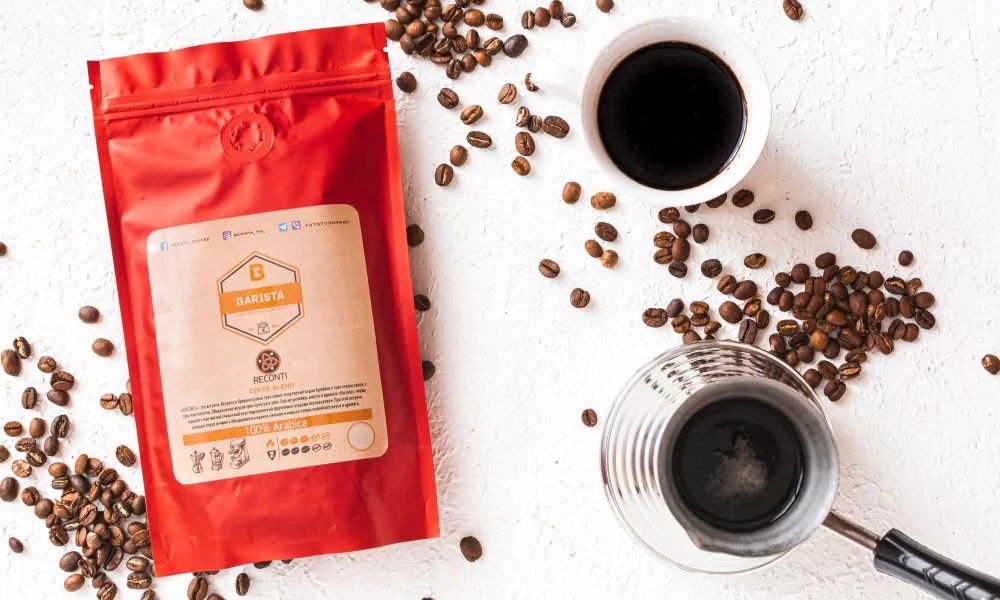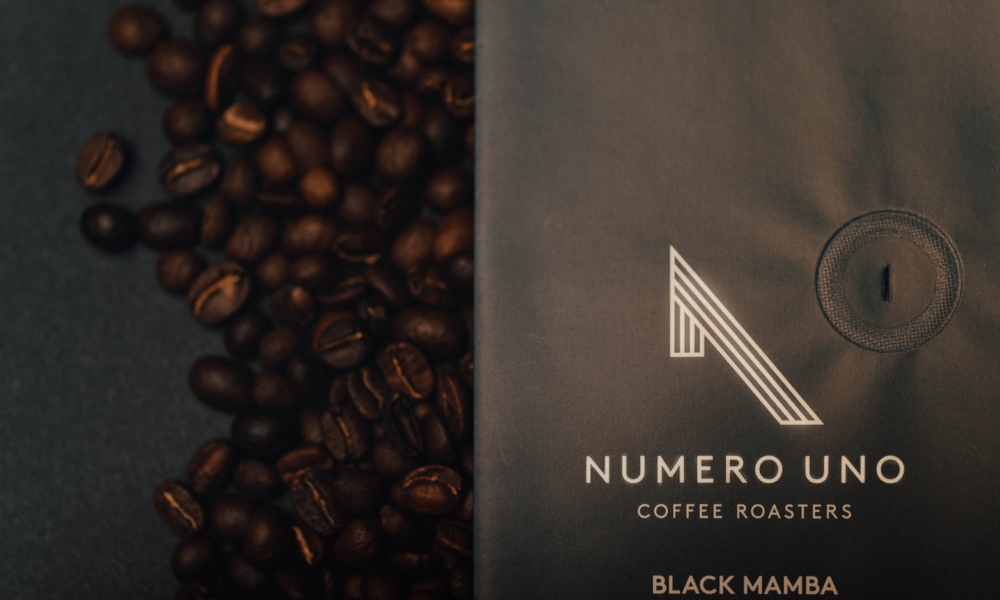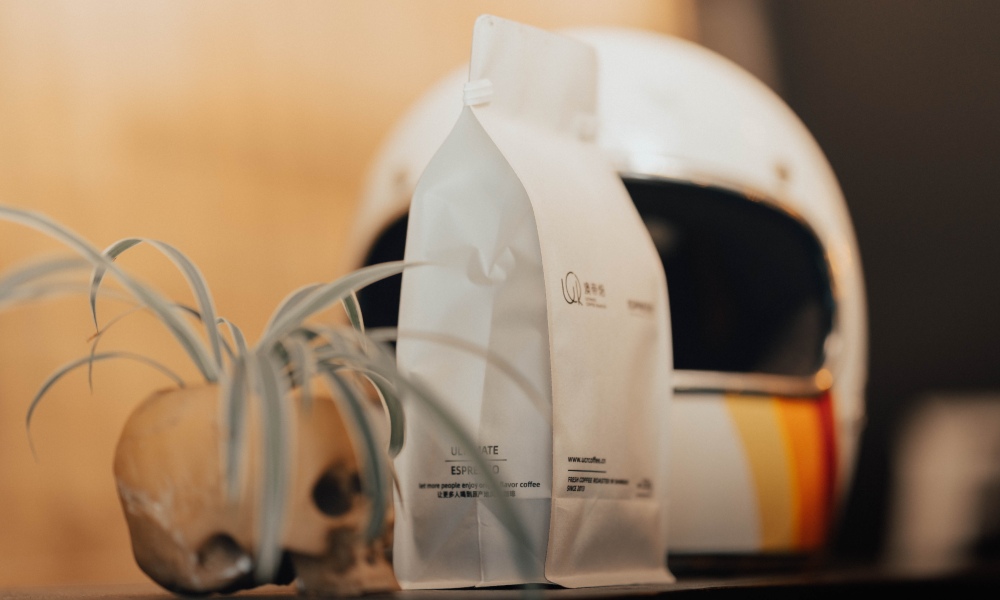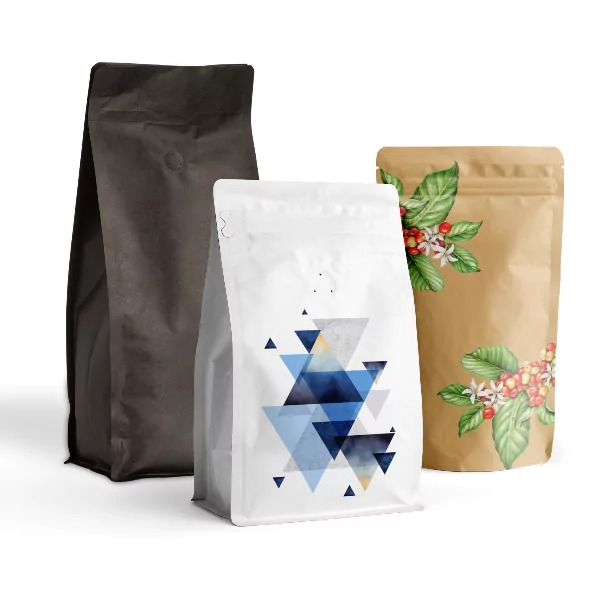Are bioplastics the future of coffee packaging?
Looking for sustainable coffee packaging, but not sure which to choose? Interested in updating your packaging design? Order one of our free, no-commitment sample packs and find the perfect packaging for your coffee. Each pack contains a selection of different sample bags to help you choose the one that’s right for your brand. Once they arrive, you’ll have the chance to evaluate each one before placing an order.
 Audited supplier
Audited supplier
Over the last few years, consumers and businesses across all industries have increasingly pushed for sustainable packaging. According to recent statistics, two-thirds of consumers believe it is important that products use recyclable materials.
Traditional petroleum-based plastics are not feasible in today’s market, due to the time it takes for them to decompose. Additionally, these plastics may affect our health as they can contain toxic compounds such as Benzene and bisphenol A (BPA).
As a result, many roasters and coffee shops owners are turning to bioplastics thanks to their quick decomposition and small carbon footprint. Furthermore, the manufacturing process uses fewer fossil fuels.
With bioplastics such as PLA coffee bags becoming more accessible, it is now essential for roasters and coffee shop owners to consider how their products are packaged.

The problem with petroleum-based plastics
Since the start of the 20th century, when the first fully synthetic plastic was developed, petroleum-based plastics have been the most commonly used packaging materials
These plastics are made from fossil fuels, which are a finite resource. What’s more, the manufacturing process requires the use of further non-renewable energy.
Plastic production is responsible for 5% of greenhouse gas emissions. These gases are warming the planet, which can cause extreme weather phenomenons.
Additionally, traditional plastics are difficult to recycle: it is challenging to separate them from other layers of packaging that may contaminate the recycling process.
In fact, most plastic food packaging may end up in landfills if it is not thoroughly cleaned before being separated into the recycling bin.
Dame Ellen MacArthur, of the Ellen MacArthur Foundation, funds research towards the elimination of single-use plastic and contribution to a circular, waste-free economy.
According to Dame Ellen, 40% of recyclable plastic ends up in landfills. Furthermore, of the 14% that is collected, only 2% is effectively recycled into the same quality of plastic.
To put this in perspective, polyethylene terephthalate (PET) is commonly used to make plastic bottles and is fully recyclable. However, it only has a 1 in 50 chance of being recycled into the same grade of product.
We produce over 380 million tons of plastic waste each year, and sadly, a large amount of this ends up in the ocean.
According to a study by Nature Communications, the most-littered plastics are polypropylene, polystyrene, and polyethylene. Notably, polyethylene is commonly used in coffee packaging.
Together, these plastics make up 21.1 million tons of litter found in the top 200 metres of the Atlantic Ocean alone. As a result, it is estimated there will be more plastic in our oceans than there will be fish by 2050.

What are bioplastics?
The term ‘bioplastic’ covers a broad spectrum of materials. It can refer to materials that are at least partially made from natural and non-fossil components and are biodegradable.
There are many types of bioplastic available, and they have been around for a surprisingly long time. In fact, the first-ever man-made plastic, known as Parksine, was developed in 1862. As it was made entirely of cellulose, today it would be classified as bioplastic.
Interestingly, Henry Ford even used bioplastics made from soybeans to produce many of his car parts in the 1930s. This was until the Second World War brought down the price of oil.
Then, the versatile packaging material, polylactic acid (PLA) was first introduced in 2001. It is made by fermenting carbohydrates from renewable sources such as maize, cornstarch and sugar cane.
PLA has since become a widely used and successful packaging material thanks to its versatility, low production costs, and environmental credentials.
Additionally, as it is made entirely from natural components, it is non-toxic and compostable.
Although compostable, it is still important to consider how you dispose of PLA coffee bags. When it is not disposed of properly, it may contaminate recycling loads and further contribute to plastic pollution.
If the local government does not have facilities nearby that are available for composting PLA industrially, it may be up to you.
Your customers may appreciate you setting up a collection point for your used coffee packaging. Then you can privately arrange for its recycling through the nearest facility.
Furthermore, you can start a coffee packaging recycling scheme to collect and recycle less common forms of waste. This may help prevent it from being incinerated or dumped in a landfill.

Are bioplastics effective for coffee packaging?
Switching to bioplastics could play an important role in the shift away from fossil fuel dependency.
However, packaging for roasted coffee must meet certain requirements to protect it from deterioration.
Ideally, you want your coffee consumed nearer to its roasting date. In the event that this does not happen, good packaging should preserve the coffee’s freshness for up to 12 months.
To keep coffee at its best, it must be protected from sunlight and excessive heat, humidity, moisture, and oxidation.
Interestingly, studies found that of all plant-derived polymers, PLA displays barrier qualities that are as effective as that of synthetic plastics.
Furthermore, by adding certain parts of the coffee husk to PLA during the starch phase, it can improve its thermal behaviour, as well as its tensile and barrier properties.
Paired with other sustainable materials such as kraft or rice paper, it could provide an entirely compostable, protective, and design-friendly option for your coffee bags.
With an estimated 8 million tons of plastic waste finding its way into our oceans every year, it is no wonder customer expectations towards sustainability are changing.
A recent survey revealed 61% of customers consciously limited their purchases of single-use plastic in 2021.
As a roaster or coffee shop owner, it is vital to keep up with customer expectations and consider the environmental impact of your business. Making the switch to compostable coffee bags and PLA packaging can be the first step.
Care Pack Coffee offers a range of coffee bags that can be fitted with a PLA interior. When added to kraft paper, it produces a fully compostable option for customers. Our range of packaging also includes recyclable, biodegradable, and compostable options
For more information about our PLA coffee bags, contact our team today.
 Audited supplier
Audited supplier
Hight Quality ASTM Child Proof Double Zipper Smell Proof Mylar Bag Wholesale

OEM Stand up brownie chocolate packaging doypack pouch wholesale

Digital printing custom snack standup pouch Supplier & manufacturers | Care Pack

High Quality Cosmetic packaging laminated pouches Wholesale - Shenzhen Care Pack Limited

OEM/ODM Custom die cut special shape smell proof weed packaging mylar bag

Professional Custom digital printed beef jerky snack packaging flat bottom side gusset bag manufacturers

Wholesale pet food packaging bag suppliers with good price - Care Pack

Wholesale transparent clear windows soft plastic fishing lure packaging with good price - Care Pack

Are bioplastics the future of coffee packaging?








